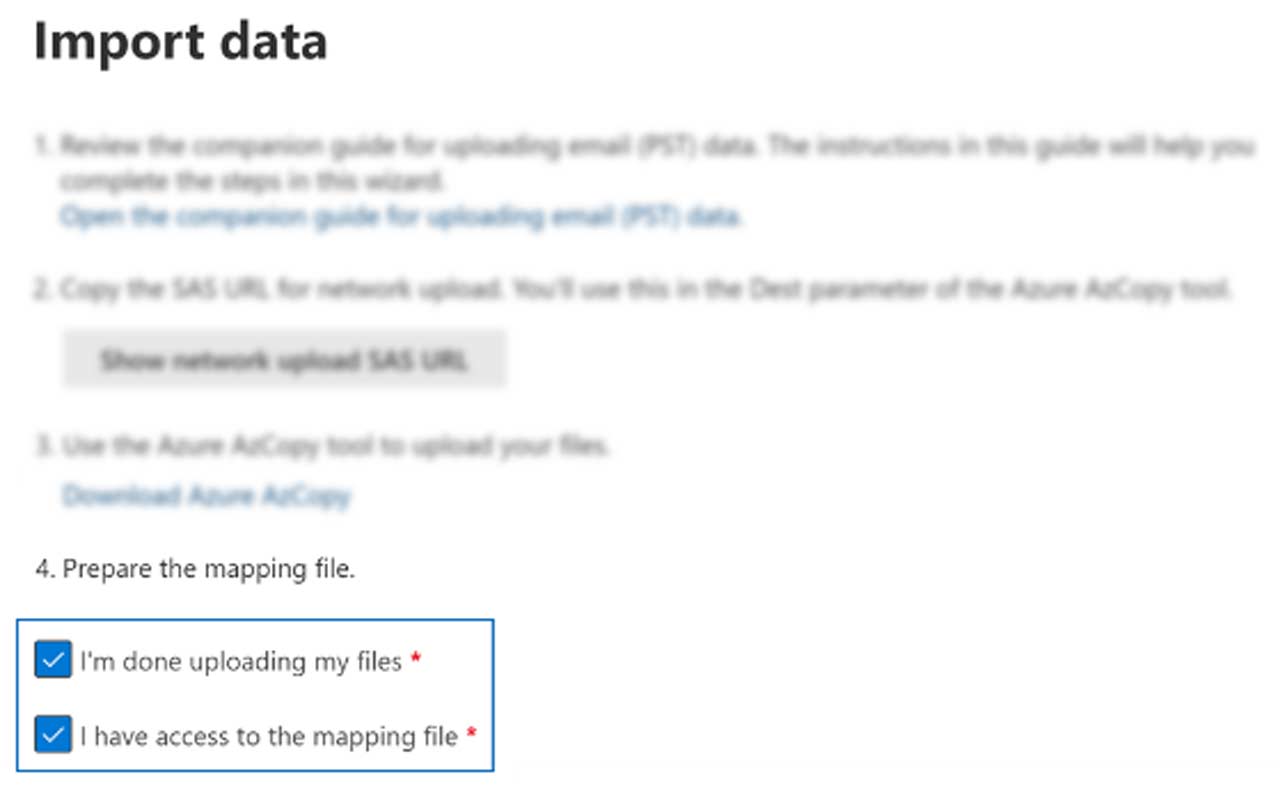Accounts payable is a business function that looks into processing payments to the trade creditors like material suppliers and third-party vendors. Automating accounts payable will reduce the time taken to receive and clear the dues for invoices. It removes the anomalies in the manual process and prioritizes the payments as per the terms of the agreement between the sundry creditors and the organization.
AP automation will be able to streamline the process and increase the efficiency in paying the dues in time to avoid any penalties for delay. This process is crucial for every business as creditors like taking their businesses to places that respect their timelines for payment. Paying on time is easier said than done specifically during business uncertainties when the liquidity issues of every organization are being tested.

Many times, though one would like to pay on time, there can be issues with cash management. For instance, if a business has a lean period in the last week of the month, then paying the creditors in that week is slightly problematic. However, with automation, the pattern of cash management is discounted and there will be reminders not to approve or agree to any payment releases during the last week of the month. In this way, the process safeguards credibility by setting the right expectations with its stakeholders.
Automation also helps in integrating with other related software for developing the right metrics using business intelligence tools that help in taking strategic decisions in advance.
Steps in accounts payable
- Vendor management
- Data extractions and matching with vendor’s invoices
In the first step, data about all the regular vendors to the company are recorded. Every vendor needs to be approved by key personnel. In the second step, the invoice raised by the vendor has to match the approved purchase order and register to record goods and services entries.
In case there is no standard vendor management system, care has to be taken for verification and tallying the purchase order and goods and services received entries with the invoices before approving and releasing funds to the vendors. Understandably, accounts payable is a critical function that is best automated to minimize errors and increase the efficiency of the process.
Choosing accounts Payable software
When selecting accounts payable software for automation, businesses should consider several key factors. Firstly, the chosen software should seamlessly integrate with existing systems and workflows, ensuring a smooth transition and minimizing disruption.
Secondly, it should offer advanced features such as invoice processing, approval workflows, and reporting capabilities to enhance efficiency and provide valuable insights. Additionally, the software should prioritize data security, offering robust encryption and user access controls.
Scalability and flexibility are crucial to accommodate future growth and changing business needs. Lastly, evaluating user-friendliness, customer support, and cost-effectiveness is essential to ensure a successful implementation of accounts payable automation.
Automating a critical process like accounts payable is a good decision. However, executing it has been a challenge for change and the effectiveness of automation. When selecting the right software there are a few checklists that have to be ticked to ensure that the decision positively helps the overall business. Here are some points that should not be ignored when deciding the software for accounts payable:
1. Efficient
The software can be mapped with the current process and follow the cycle. However, if there are anomalies in the existing process, then before automation, it has to be smoothed out.
2. Adjust for improvements and changes
Good software will help in identifying workflow improvements at every stage. For instance, there was a time when a business was given 90 days of rollover credit. However, the vendors have reduced extended timelines and started giving only 60 days of credit. In this case, the accounts payable should update the changes so that there is no delay in payments.
3. Counter verification
Before releasing the funds, the process of accounts payable has many inter-departmental and external third-party verifications that need to be completed. When an invoice for payment is received from the creditor, the AP software will check if the
- The due amount matches with the goods and services received ledger and creditors ledger.
- The due amount cannot be more than the services rendered or goods supplies
- The goods and services supplied have been availed after receiving a purchase order signed by key personnel.
4. Data safety
Security is an important feature that is pertinent to any digital tools or technology that a company uses in course of its work.
Conclusion:
Workflow automation holds importance in a world that is filled with businesses who have already taken the leap of faith. Automation will increase efficiency and reduce errors. AI-aided automation helps in taking critical decisions based on quantitative analysis. To stay ahead in business and take it forward without stressing out, automate your accounts payable.








